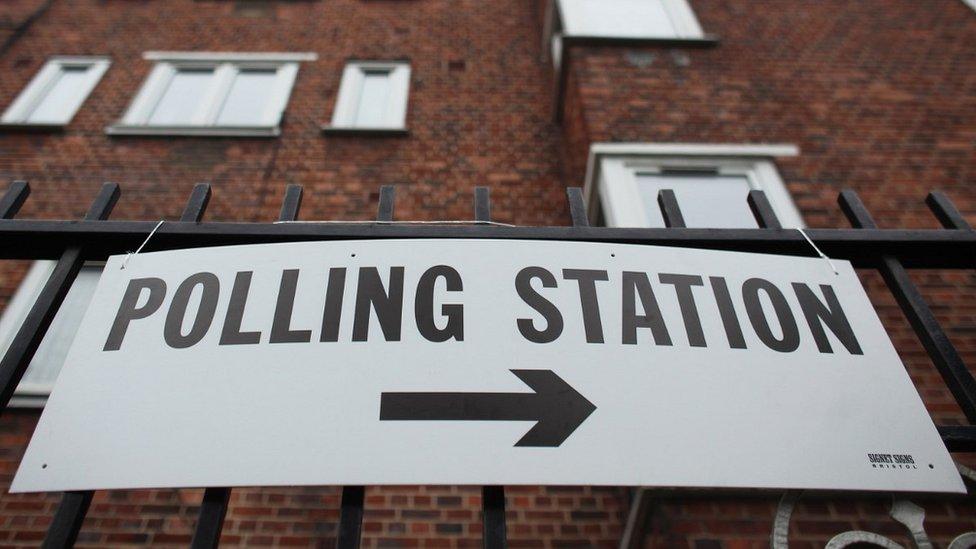London election: Labour remains biggest party on assembly
- Published
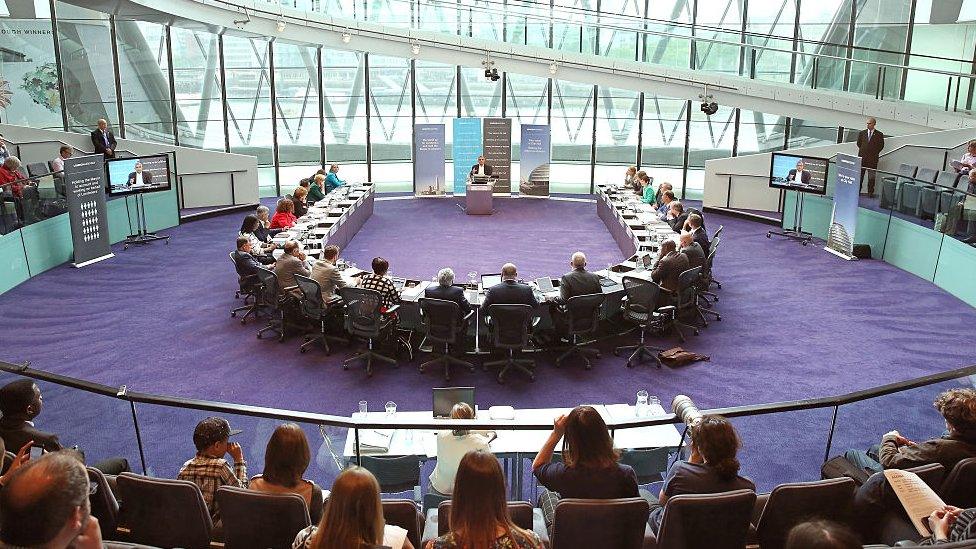
The key role of the assembly is to hold the mayor to account
Labour has maintained its dominance of the Greater London Authority, securing both the mayoralty and the most members of the London Assembly.
Sadiq Khan claimed the top job with 55.2% of the popular vote, with Conservative Shaun Bailey in second.
Labour has 11 seats on the assembly, one fewer than in 2016, while the Conservatives have nine.
The Greens secured three seats - their joint-highest contingent on the London Assembly.
The Liberal Democrats claimed the two other seats.
Membership of the assembly is split in two - with 14 AMs representing constituencies, and the other 11 elected by a party-list system.
The boroughs taken by Labour are: Barnet and Camden, Brent and Harrow, City and East, Ealing and Hillingdon, Enfield and Haringey, Greenwich and Lewisham, Lambeth and Southwark, Merton and Wandsworth, and North East.
Several new Labour AMs replaced colleagues stepping down from the assembly, including Sem Moema who replaced former chair of the London Assembly Jeanette Arnold.
The Conservatives held Bexley and Bromley, Croydon and Sutton, Havering and Redbridge, South West, and West Central.
The party list assembly members are:
Sian Berry - Green
Caroline Pigeon - Lib Dem
Caroline Russell - Green
Shaun Bailey - Conservative
Andrew Boff - Conservative
Zack Polanski - Green
Susan Hall - Conservative
Elly Baker - Labour
Hina Bokhari - Lib Dem
Sakina Sheik - Labour
Emma Best - Conservative
The Green Party's three members is the largest contingent for the party since the first London Assembly elections in 2000.
- Published9 May 2021
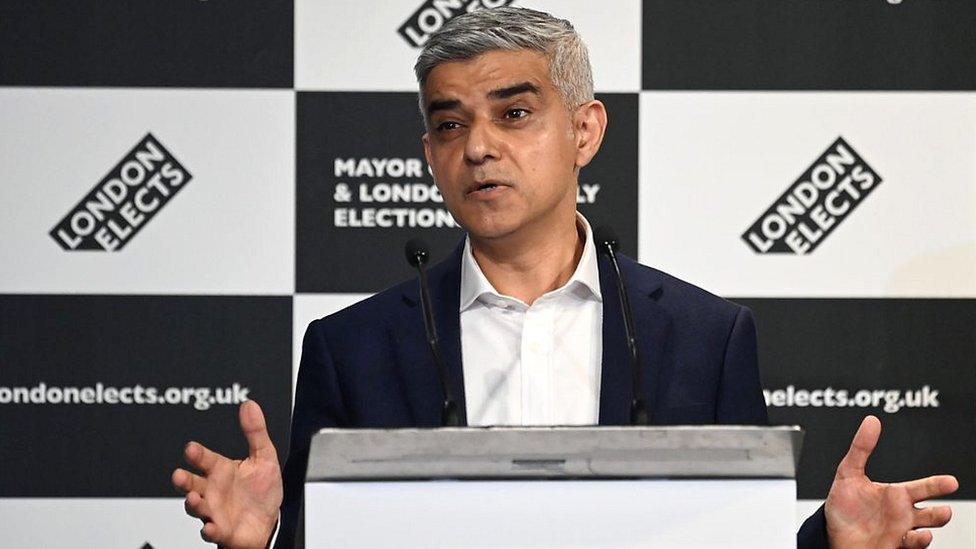
- Published9 May 2021
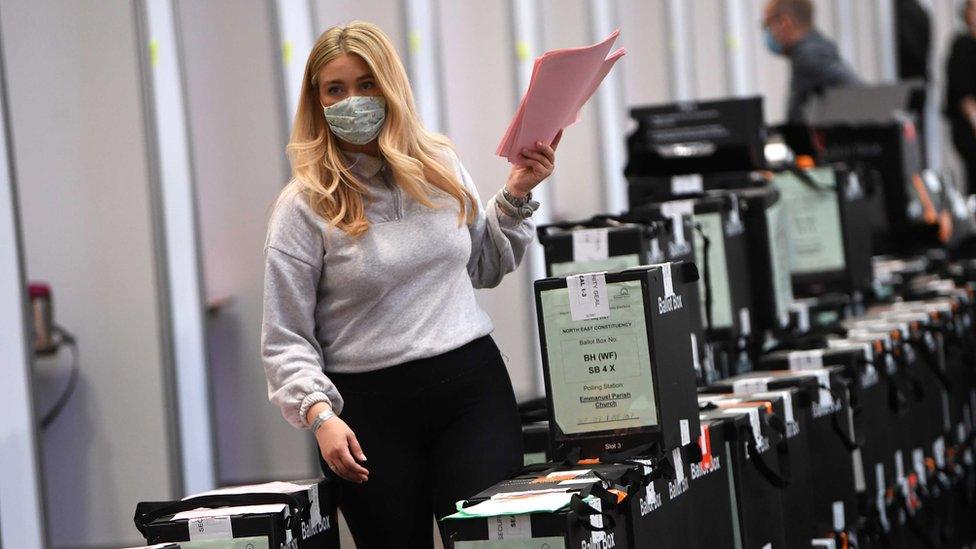
- Published7 May 2021
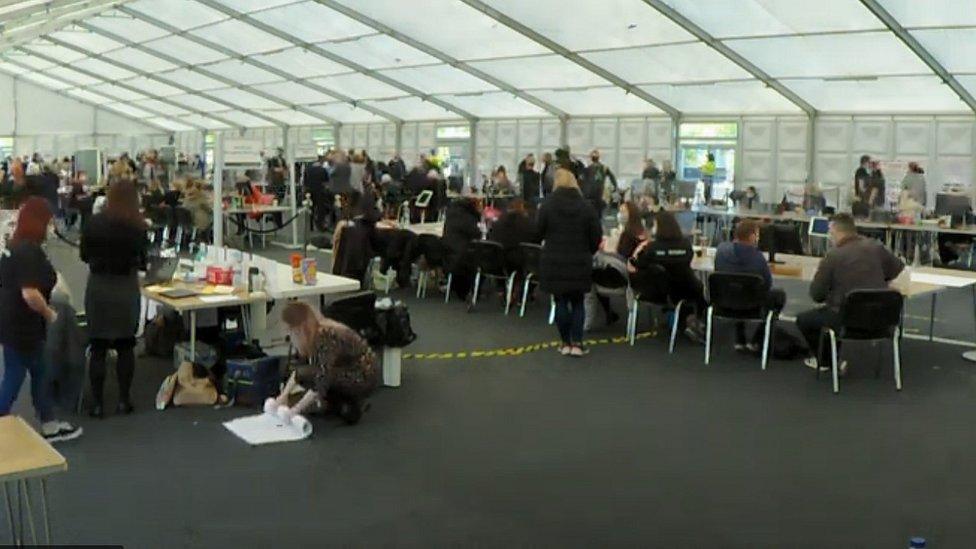
- Published7 May 2021
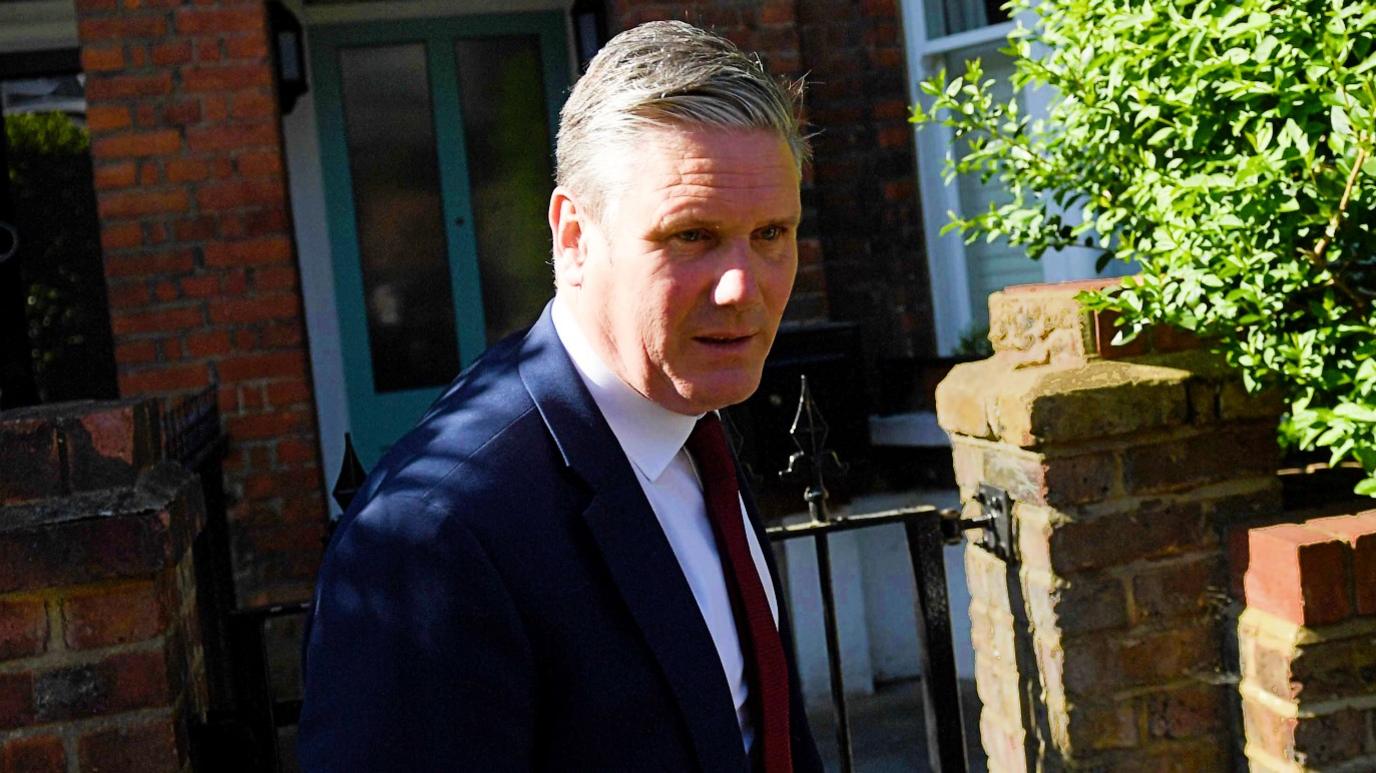
- Published6 May 2021

- Published8 May 2021
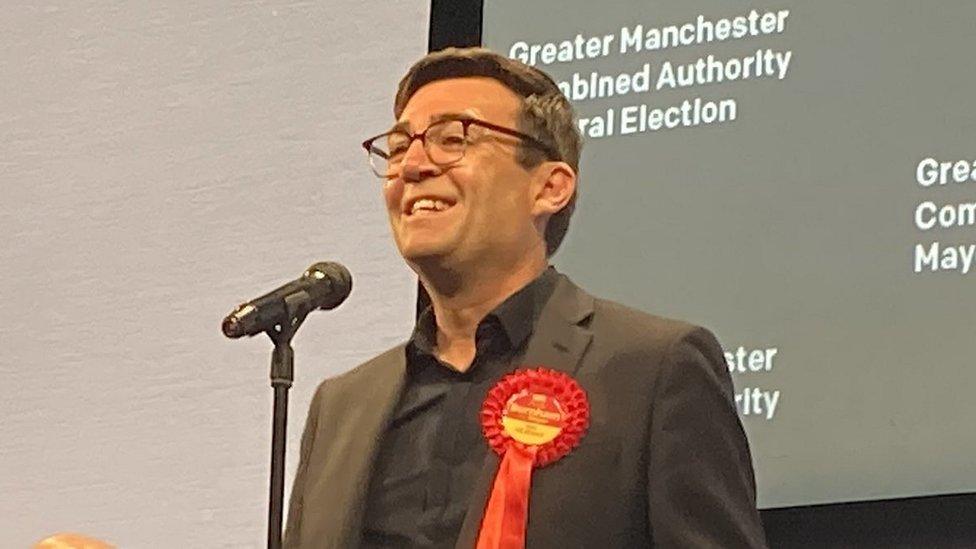
- Published31 March 2021
